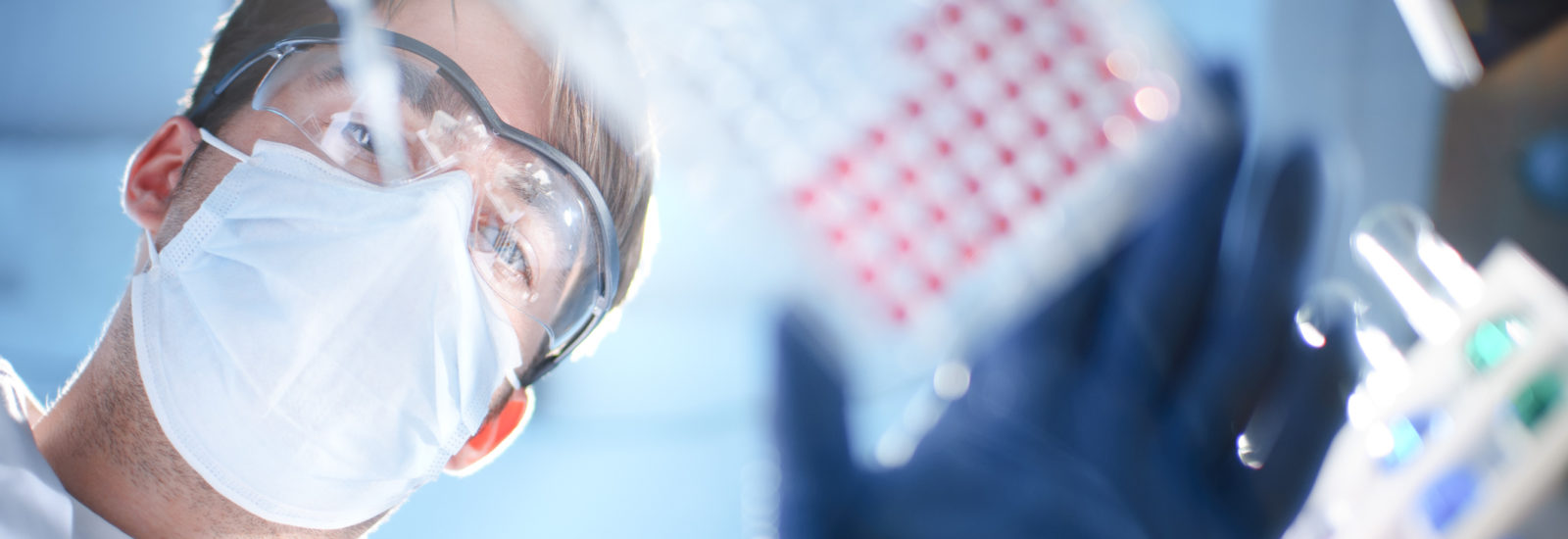
Blog Navigating the Transporter Wave of 2013
The International Transporter Consortium (ITC) issued 7 papers in the July 2013 issue of Clinical Pharmacology & Therapeutics. These 7 papers summarize our current understanding of transporters as related to possible drug-drug interactions (DDI). The focus of each paper and the main points include:
1. Clinically important transporter polymorphisms
- BCRP (c.421C>A, p.Q141K) and OATP1B1 (c.521T>C, p.V174A) have clinically relevant polymorphisms
- In vitro experiments should be performed to determine if NCEs are substrates of these two transporters
- Consider conducting a DDI study with a transporter inhibitor especially when the therapeutic window is less than 2-fold
- If a pharmacogenomic study is suggested, design well-powered studies that consider variants in drug transporters that have been shown to interact with the drug in in vitro studies
2. Emerging transporters of clinical importance
- NMEs that are actively secreted renally are recommended for in vitro investigation as MATE1 or MATE2K substrates
- If active renal secretion plays an important role in the elimination of an NME, the NME should be investigated as substrate of MATE1 or MATE2K substrates
- If signs of cholestasis are seen, retrospective analysis of inhibition of MRPs and BSEP can help determine the mechanism of toxicity
- hENT1 and Pept1 are examples of transporters that do not need to be routinely screened but can contribute to efficacy and distribution
3. Experience to date and follow-up on decision trees
- A flow chart was presented for timing of transport studies
- The integration of transport studies into the clinical plan (e.g., therapeutic area, co-meds, patient population, physicochemical properties, PK) was discussed
- A summary of approved compounds that ‘failed’ the FDA cutoff for clinical DDI studies and a summary of PMR and PMC was presented
- Three case studies were presented
4. In vitro methods to support transporter evaluation
- Methods for vesicle transport assays, transwell assays, accumulation in transfected cells and hepatocytes including sandwich culture hepatocytes assays were described and the applications, strengths, and limitations were discussed
- Substrates and inhibitors were tabulated
- Commonly used equations were presented
- A table describing common scientific questions base on observations, the in vitro tools used to further investigate, the meaning of the outcomes and potential follow up studies was presented
5. Intracellular drug concentrations and transporters: measurement, modeling and implications for the liver
- Kpuu, liver was defined as the steady-state liver-to-sinusoidal blood partition coefficient for unbound drug
- Nine factors affecting the Kpuu, liver were discusssed
- A list of transporters that have been shown to affect intercellular concentrations were presented
- In vitro, in situ and in vivo models as well as PBPK models were discussed
6. ITC recommendations for transporter kinetic parameter estimation and translational modeling of transport-mediated PK and DDIs in humans
- IVIVE require information from numerous processes and organs
- Each has its advantages and limitations in translating data to the clinic
- Compartmental modeling is the best approach
- Full kinetic characterization of transporters is required
- Knockout animals provide valuable information and can improve the understanding of human PK (with caution)
- Understanding expression and localization of transporters is crucial to predicting drug disposition
- More work is required to determine scaling factors
7. Why clinical modulation of efflux transport at the human blood-brain barrier is unlikely
- Previous DDI predictions were based on KO animal studies showing complete loss of transporter function
- Complete inhibition of transporters at the BBB is not likely in humans
- The unbound Cmax in the human brain is ≤ Ki, resulting in P-gp and BCRP inhibition ≤ 50% (2-fold increase in exposure at most)
- No clinical induction of BBB P-gp has been reported to date
- No clinical correlation between P-gp function and CNS disorders has been reported to date
Learn more about:
About the Authors
Greg Loewen was the Director of Technical Support at XenoTech. He joined XenoTech in 2000 working in all aspects of drug metabolism, drug transporter and bioanalysis as an analyst, study director and group leader before shifting to Business Development team. In his current role, he is responsible for scientific discussions with clients to evaluate projects and define outcomes. Greg holds a BS in Chemistry from the University of Montana.
Related Posts
May 30, 2018
AAPS-FDA Drug Transporters
August 17, 2017
Considerations In Response to Drug-Drug Interaction Guidances
Subscribe to our Newsletter
Stay up to date with our news, events and research

Do you have a question or a request for upcoming blog content?
We love to get your feedback

